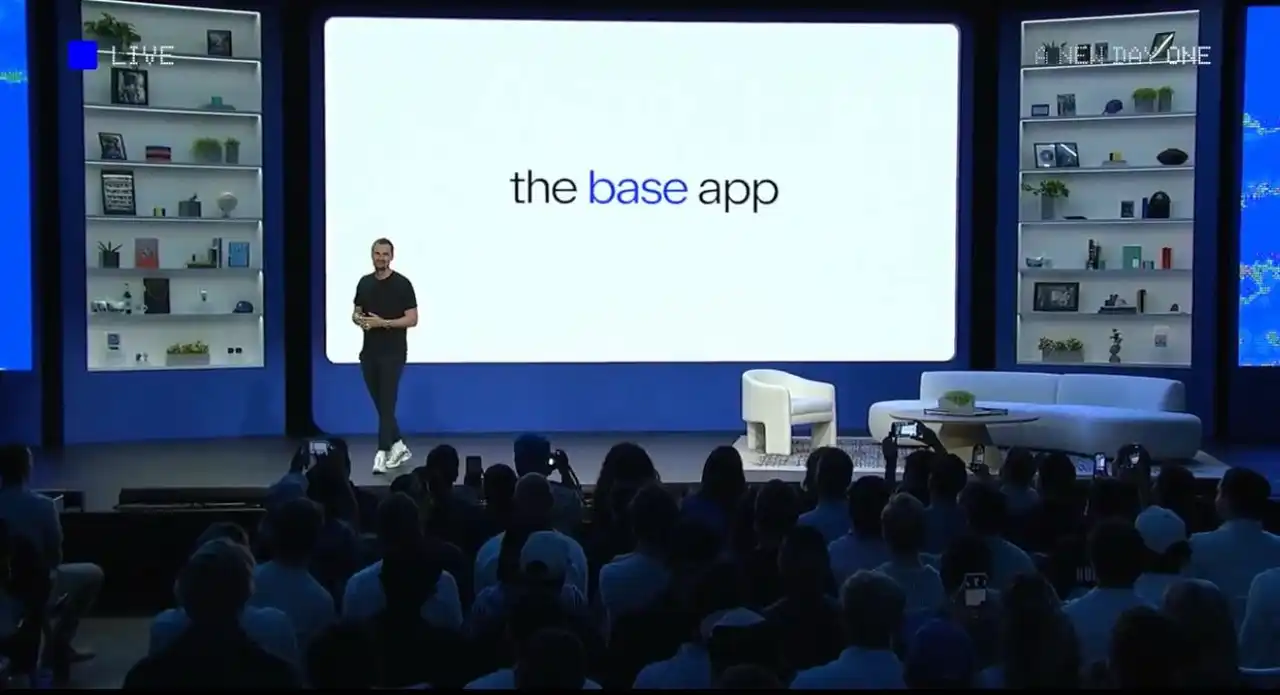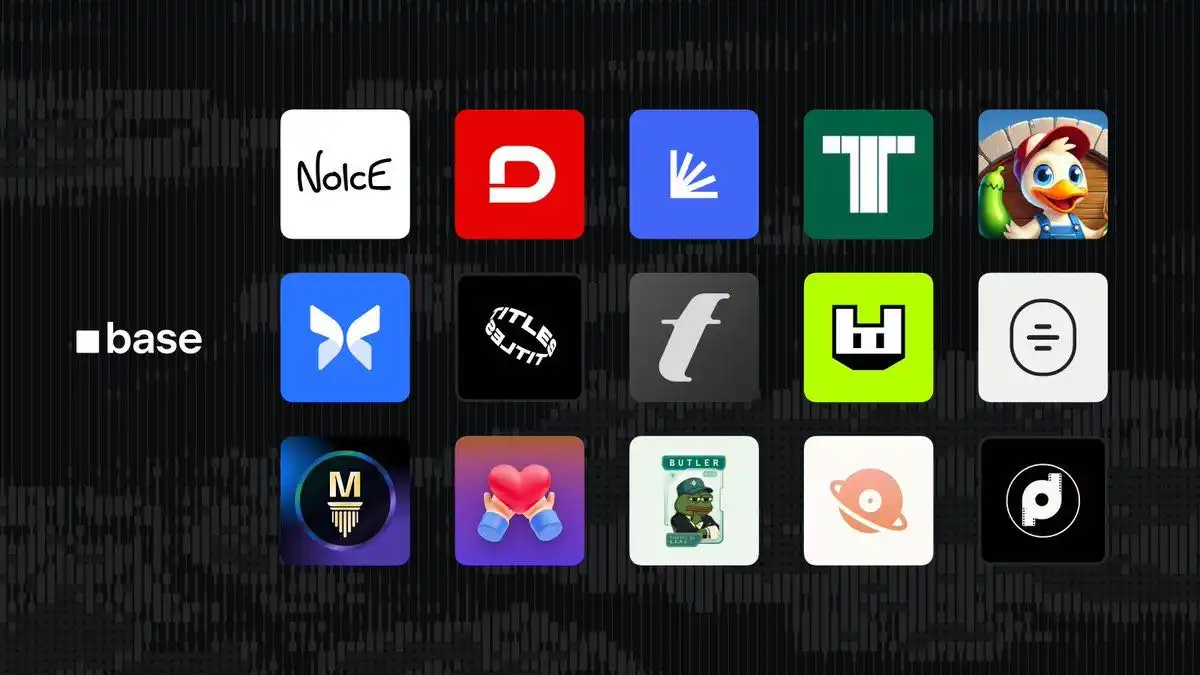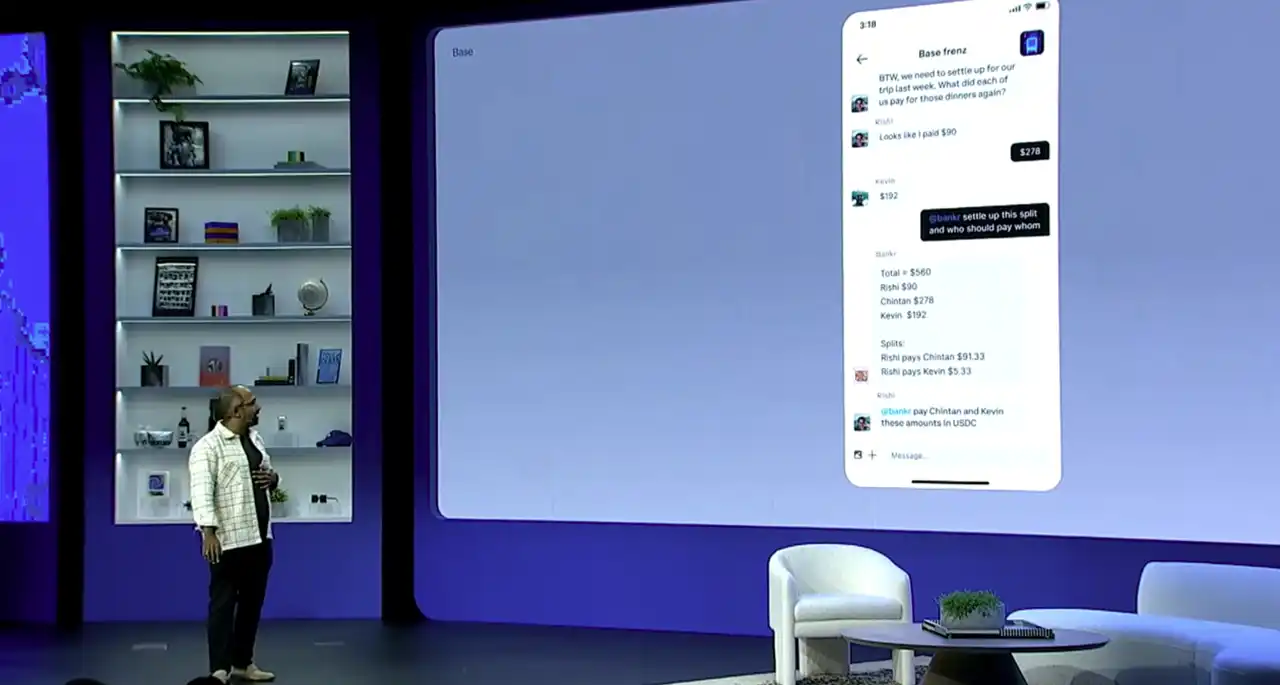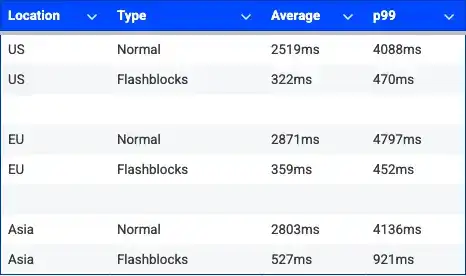On July 17th at 6 AM, Base held a long-awaited launch event.
The updates regarding the Base chain itself are not complex. The chain's performance has improved tenfold, and the logo has changed from a circle to a square. What is truly noteworthy is that Coinbase Wallet has been updated to The Base App, a new entry product that is highly anticipated.

This means that Base is no longer satisfied with being just a "user-friendly chain"; it is beginning to build its own traffic entry and actively participate in constructing user pathways. With both the underlying infrastructure and the entry point in its own hands, this is something very few L2 projects can achieve at this stage.
From Superchain to Super App
Base has always emphasized that it is part of the Superchain, a reusable, scalable, and composable general-purpose L2. However, in both technical direction and ecological strategy, Base has clearly begun to move away from a purely infrastructure role and towards becoming a platform operator.
The Base App is the result of this transformation. It is no longer a traditional "wallet" tool but attempts to integrate on-chain identity, transactions, social interactions, payments, and AI Agent modules into a unified entry point. Its design philosophy is closer to integrated products like WeChat and Telegram, rather than asset management tools like MetaMask or Rainbow.
In other words, Base not only wants to be a place where applications can be deployed but also hopes to be the interface that users see when they first enter Web3.
This strategic shift represents a convergence of "building infrastructure" and "creating user products." Rhythm BlockBeats previously obtained the qualification for internal testing of this App, and the review article can be referenced: "One Step Ahead of Twitter, the New Coinbase Wallet Evolves into WeChat."
Why Build the Entry Point Themselves?
The reason Base launched The Base App is not due to significant bottlenecks in the chain itself, but because the entire L2 market has entered a phase of homogenization.
Performance is no longer the only indicator of competitiveness; most projects have sufficient throughput capacity. Instead, the key differentiation lies in who can capture traffic and build a complete user pathway.
Web3 has long lacked a default entry point, with various components attempting to independently complete onboarding, but the actual results have not been ideal.
In this context, Base's decision to build its own entry point has practical considerations:
Coinbase already has a C-end foundation, with capabilities in compliance, payments, and fiat entry, making it one of the closest institutions to an "application distribution platform";
Rather than waiting for developers to build spontaneously, it is better to first create a reference paradigm to form a closed loop of product capability;
Compared to using subsidies and airdrops to gain traffic, creating a high-frequency entry point offers longer-term user value.
For any chain looking to build an ecosystem, not controlling the entry point is equivalent to relinquishing initiative. Base's choice to build its own entry point can be understood as a long-term strategic decision at this stage.

A Noteworthy Use Case: Integration of AI Agent and Social Features
Although the main updates of The Base App did not particularly emphasize AI capabilities, a noteworthy feature integration was mentioned when introducing the social module and mini app architecture: invoking on-chain assets through AI Agents in chat scenarios.
In the demonstration, users can directly input natural language in the chat box, such as "split the travel expenses from last week," and the AI Agent can recognize the conversation partner, calculate the amount owed, and automatically call the wallet to complete the payment. The entire process does not require switching interfaces and does not rely on external dApps.

From an experiential perspective, this compresses the on-chain operation pathway; from a technical architecture standpoint, it represents a deep integration of self-custodial wallets and natural language systems. Its feasibility relies on three conditions being met simultaneously:
User assets are self-custodial and can authorize the Agent to execute;
The chat and asset modules are interconnected, with a unified account system;
The Agent can understand the semantics of natural language and map it to on-chain operations.
Such features are not entirely new. Previous projects have attempted to combine AI Agents with on-chain transactions, but most have focused on trading, market analysis, and investment research assistance, with scenarios leaning towards high-frequency operations for individual investors. In contrast, The Base App embeds this into the social module, making it closer to collaborative financial interactions in real social relationships and more aligned with everyday needs.
Although this pathway is still in its early stages, it indeed showcases a possibility: the interaction methods in Web3 are shifting from "click operations" to "natural language commands."
Technologies like Account Abstraction and MPC wallets optimize execution efficiency; designs like The Base App represent a reconstruction of the usage pathway itself, targeting the cognitive threshold.
The support for these AI or various on-chain functions allows users to experience a Web2-like smoothness in The Base App. This is attributed to the underlying architectural innovation with the official launch of FlashBlock. Base had previously collaborated with Flashbots to build the development module Flashblocks, which was launched on the testnet in February, and Jesse announced that this module officially went live on the mainnet just two hours before the event.
Developers can integrate through RPC interfaces or WebSocket that support Flashblocks, with the former recommended for a more stable fallback mechanism. Flashblocks employs a time-ordered transaction mechanism, avoiding the traditional "high-priced transaction queue-jumping" phenomenon, and sets a segmented packaging strategy for high Gas limit transactions to ensure fair allocation of block resources. Theoretically, Flashblocks can reduce effective block time from 2 seconds to 200 milliseconds, making today's Base ten times faster than yesterday's Base and twice as fast as Solana. For most Web2 applications, the standard for a "smooth experience" is to complete interaction feedback within 100-300 milliseconds, which has clearly been achieved.

The Battle for Web3 Entry Points is Resuming
Clearly, Base is not the only one looking to create an entry point. However, as it stands, these entry points either lack a traffic foundation, have incomplete scenario construction, or lack execution capability. Base has a key variable: Coinbase.
On one hand, Coinbase has a traffic foundation of nearly 100 million users, and on the other hand, it can provide a complete closed loop for The Base App through fiat entry and integration with on-chain accounts—technology, users, payments, transactions, and deposits/withdrawals are all interconnected.
The essence of the entry point battle is the struggle for scenario dominance. Whoever can define how users open Web3 every day will have the qualification to reconstruct the industry order.
In the current context where Web3 lacks a new narrative, the shift in product form may itself be the new narrative.
Base's launch event was not complex, but it released a clear signal: the competition among public chains is transitioning from "chain capabilities" to "entry capabilities."
Base's proactive approach, from App to chain, building a complete closed loop, is not for immediate traffic but for longer-term dominance over user pathways.
It may not immediately become "the WeChat of Web3," and it may not necessarily change user habits in the short term. But it at least shows us that there are many blank areas between infrastructure and user products that can be filled.
When "who owns the entry point" becomes a new consensus starting point, the competition among public chains will also enter a new phase.
免责声明:本文章仅代表作者个人观点,不代表本平台的立场和观点。本文章仅供信息分享,不构成对任何人的任何投资建议。用户与作者之间的任何争议,与本平台无关。如网页中刊载的文章或图片涉及侵权,请提供相关的权利证明和身份证明发送邮件到support@aicoin.com,本平台相关工作人员将会进行核查。




